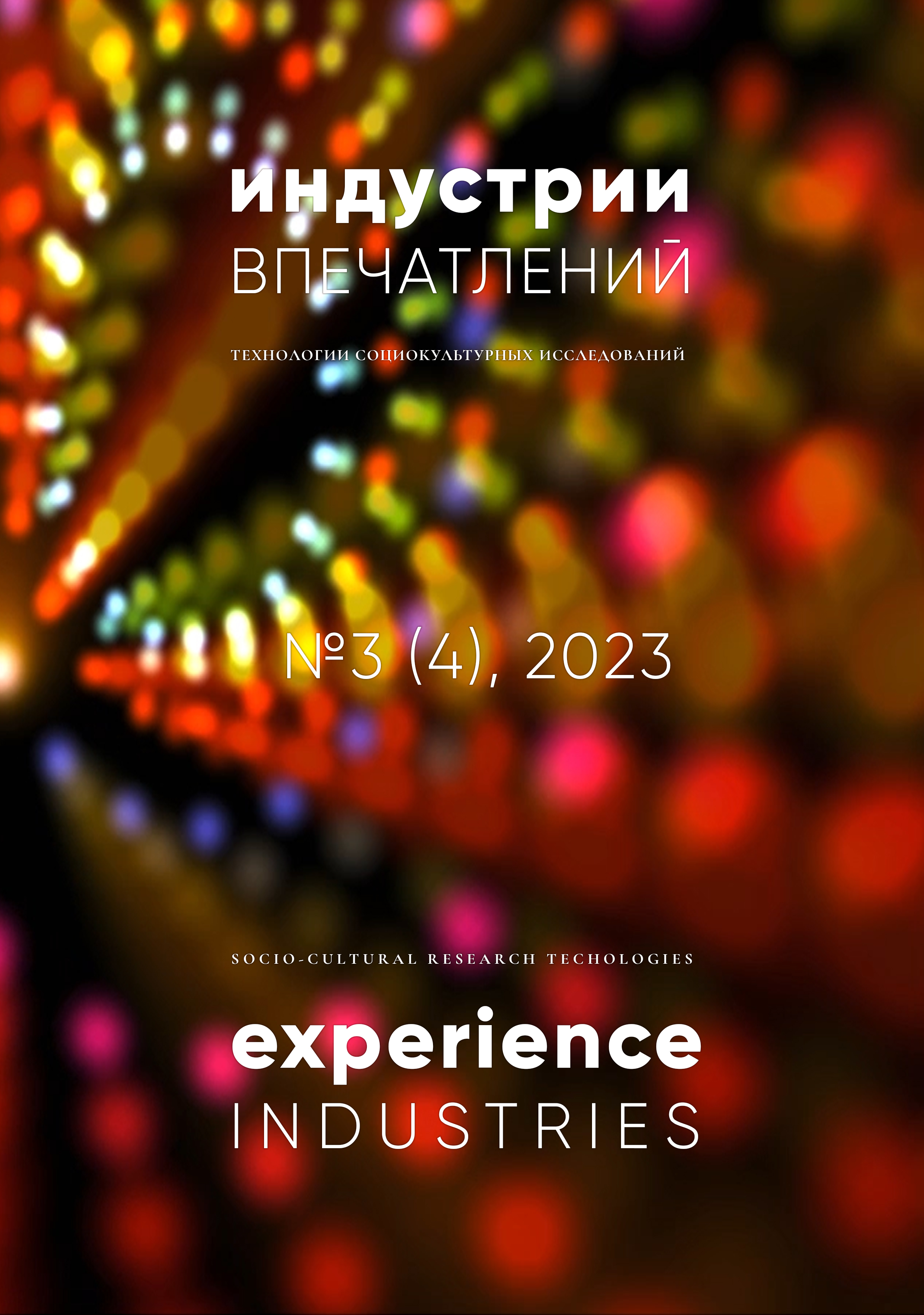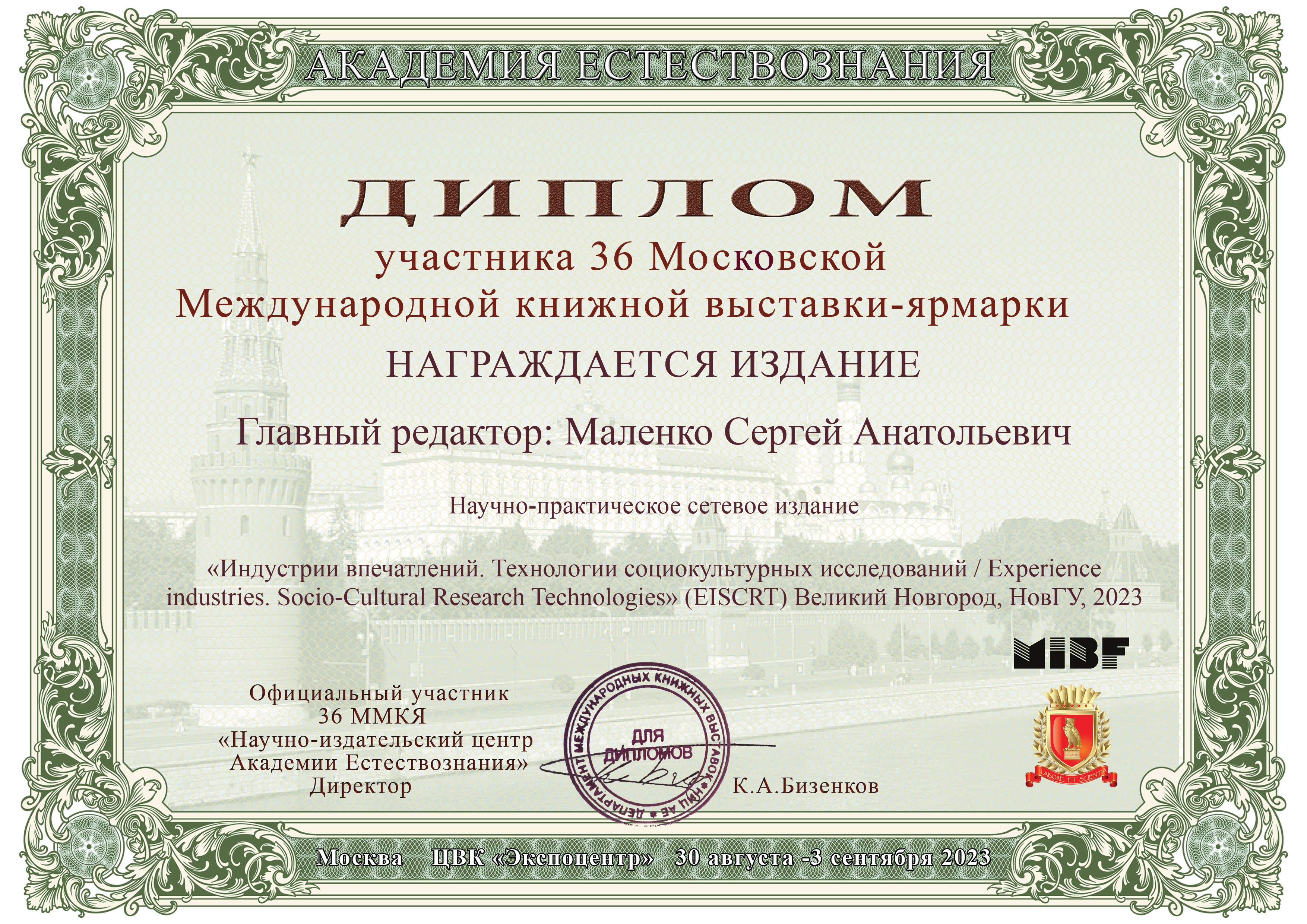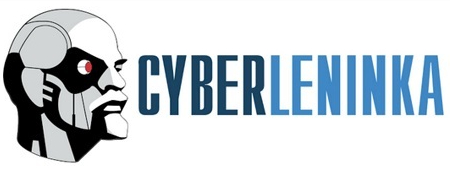"THE DEAD RULE THE LIVING": LENIN AS AN AGENT, OBJECT AND TECHNOLOGY OF BIOPOLITICS
DOI:
https://doi.org/10.34680/EISCRT-2023-3(4)-66-93Keywords:
Lenin, Mausoleum, physicality, cultural representations, biopolitics, chronopoliticsAbstract
Lenin is a unique biopolitical phenomenon. Lenin’s body, on the one hand, turns into a political symbol, and the history of the management of Lenin’s corporeality in the literal and figurative (symbolic) sense has been going on for almost 100 years. On the other hand, Lenin, or rather his cultural simulacra (in literature, painting, cinema, sculpture), turn out to be agents (post-agents) controlling the bodies and time of Soviet/Russian citizens. The purpose of the article: to outline the main directions of the analysis of the biopolitical potential of Lenin’s physicality. Results: the main contexts within which it is possible to talk about Lenin’s body as a biopolitical technology are identified. On the one hand, Lenin (or rather his mummy) turns out to be a phenomenon of a single case of biopolitical attention. As Jean Baudrillard wrote, the control of life and death, as well as the division into the living and the dead, the manipulation of death is the basis of any power, and further "here, at this outpost of death, power is formed." On the other hand, the representation of Lenin’s physicality in stories for children can be considered as a biopolitical technology that instills correct bodily techniques in young builders of communism.
For citation:
Suslov, I. V. (2023). "The dead rule the living": Lenin as an agent, object and technology of biopolitics. Experience industries. Socio-Cultural Research Technologies (EISCRT), 3 (4), 66-93. (In Russian). https://doi.org/10.34680/EISCRT-2023-3(4)-66-93








